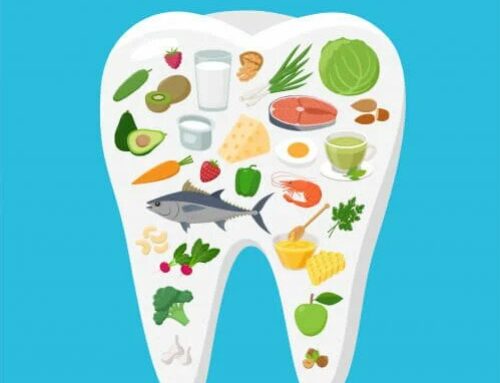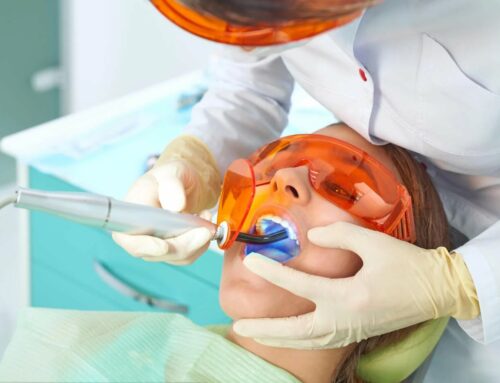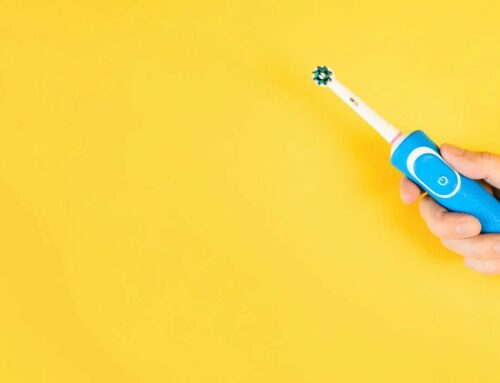Being proactive can reduce treatment time, overall discomfort, and preserve your child’s natural teeth.
Orthodontics isn’t just about a straight smile. A lot is happening behind the scenes. A child’s mouth is always moving and shifting to accommodate new teeth and preparing for adult teeth to grow in.
Years ago, the school of thought was to wait for a child to have all their adult teeth before they underwent orthodontic treatment. Nowadays, The American Association of Orthodontists (AAO) recommends that children have their first visit with an orthodontist no later than age seven.
Around age six is when a child usually gets their first permanent molars. This is a very active time for bone growth and oral development.

Many children can wait until they have all or most of their permanent teeth, around age 10 or 11. Their treatment can be timed to regular stages of dental development and physical growth.
However, some conditions are best resolved by early treatment. If signs of crowding, crossbites (when a bottom tooth’s edge comes up over the top tooth), or an open bite due to a thumb sucking habit are present, they can be fixed before more permanent teeth erupt, worsening the situation. This might eliminate the need for future orthodontic treatment or shorten treatment time when your child is older. If it’s determined that early action is best, it can be dealt with while the teeth are more easily coaxed into a healthy position, giving the jaw and surrounding muscles more time to develop correctly.
Prompt treatment can also reduce the need for tooth extractions, which were once a common way to make room in an older child’s small mouth. A palatal expander placed when a child is young can give the jaw more time to move, creating more space sooner than waiting until a child is older. This method allows for a more extended treatment period, causing less discomfort overall and lets your child keep all their teeth.

By ignoring these signs, your child may develop speech impediments requiring a therapist and unresolved bite issues may also affect your child’s physical development because they can’t chew healthy foods easily.
Keep in mind that orthodontic treatment is not just about a beautiful smile. Its primary goal is to make sure your child’s bite is healthy so they can grow into strong adolescents and adults. A straight smile is a welcomed benefit.






Leave A Comment